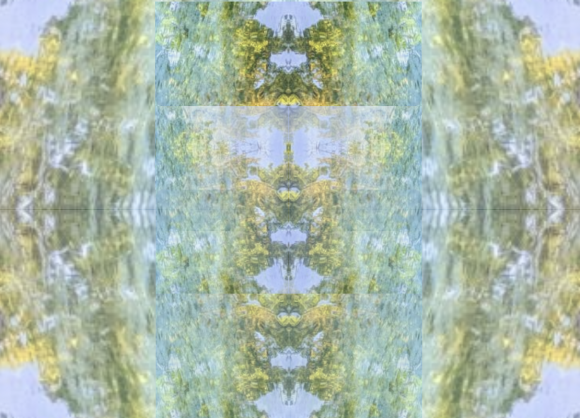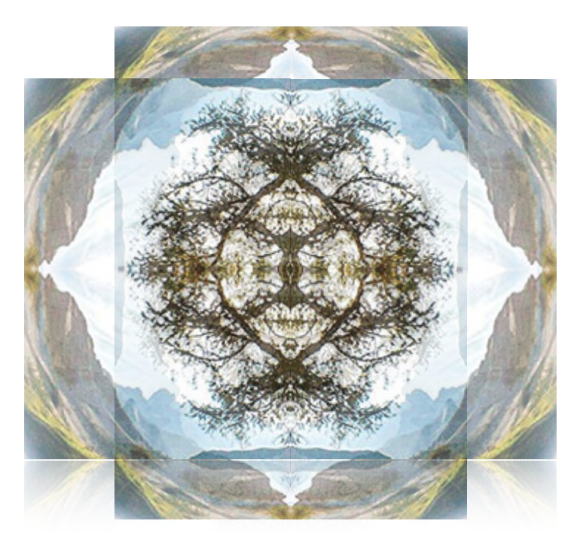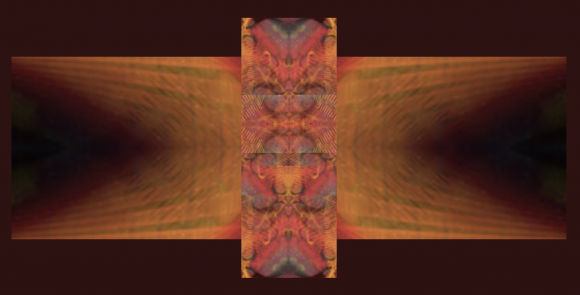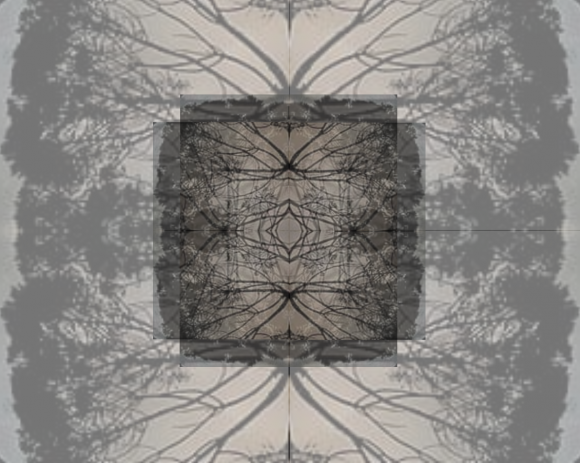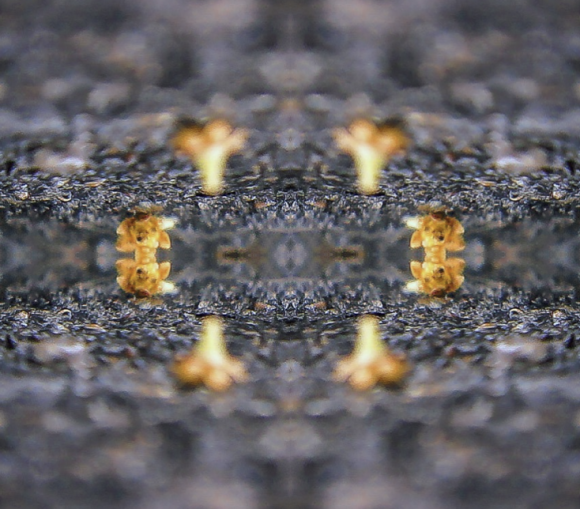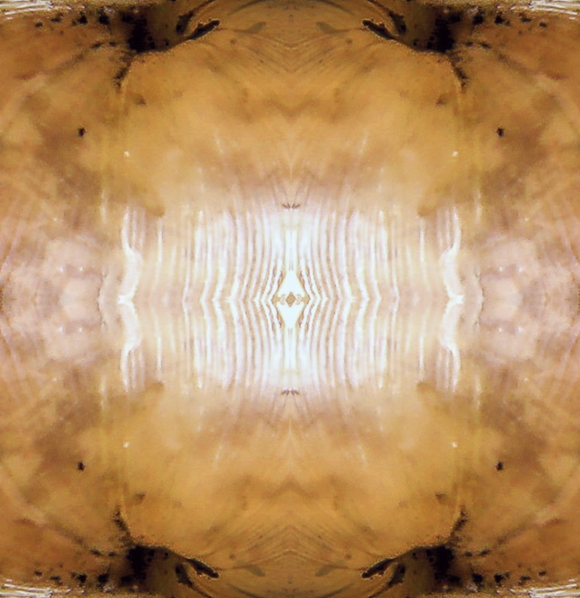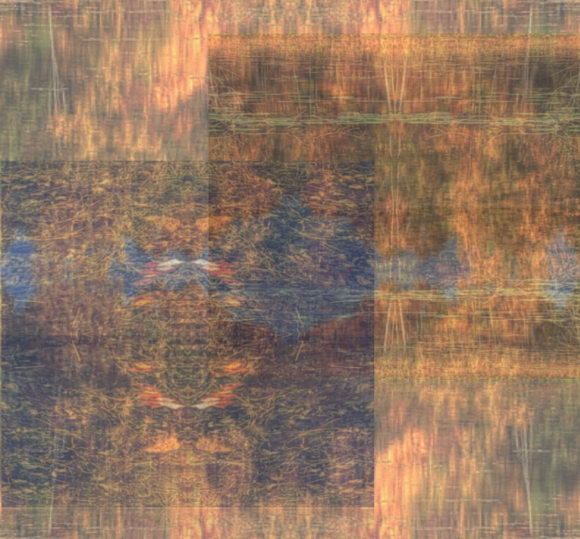
I have criticized Hillman for saying that Jung’s archetypes of the Self and the Wise Old Man are the same — mostly for the reason that Jung in many passages clearly speaks as if these are not just not the same, but even widely separated notions. There is, however, one very central passage in Jung’s work where he explicitly discusses the difference between the Wise Old Man and the Self archetypes.
